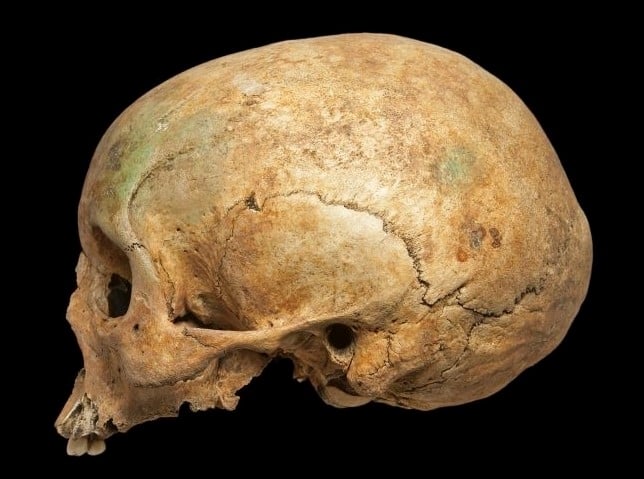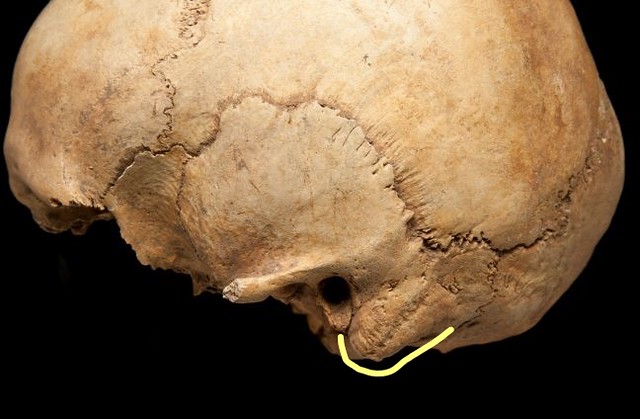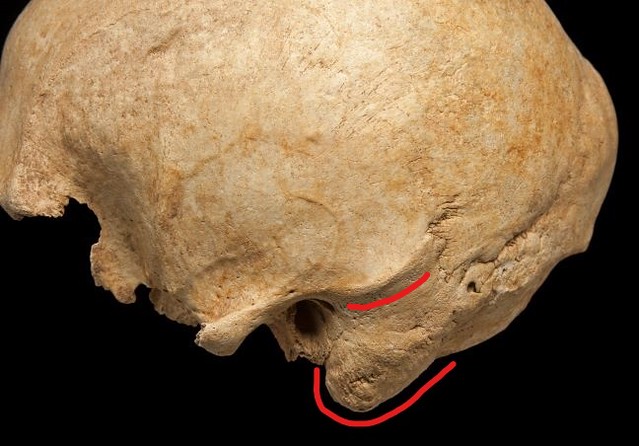Home / History / Archaeology / Forensic Archaeology and Anthropology / How can a skull identify gender?

Reach your personal and professional goals
Unlock access to hundreds of expert online courses and degrees from top universities and educators to gain accredited qualifications and professional CV-building certificates.
Join over 18 million learners to launch, switch or build upon your career, all at your own pace, across a wide range of topic areas.


 Above: a female skull displaying smooth, gracile supra-orbital ridges and glabella
Above: a female skull displaying smooth, gracile supra-orbital ridges and glabella
 Above: a male cranium displaying pronounced supra-orbital ridges and glabella
Above: a male cranium displaying pronounced supra-orbital ridges and glabella Above: a male (left) and female (right) skull in profile displaying differences in the glabella and supra-orbital ridge (green lines) and forehead (blue lines)
Above: a male (left) and female (right) skull in profile displaying differences in the glabella and supra-orbital ridge (green lines) and forehead (blue lines) Above: female temporal bone with the mastoid process highlighted in yellow
Above: female temporal bone with the mastoid process highlighted in yellow
 Above: male temporal bone with the mastoid process and ridge highlighted in red
Above: male temporal bone with the mastoid process and ridge highlighted in red Above: female occipital bone with a smooth, gracile nuchal crest
Above: female occipital bone with a smooth, gracile nuchal crest
 Above: male occipital bone with a pronounced, rugose nuchal crest
Above: male occipital bone with a pronounced, rugose nuchal crest Above: male mandible
Above: male mandible
 Above: female mandible
Above: female mandible
 Above: female and male mandibulae
Above: female and male mandibulae







